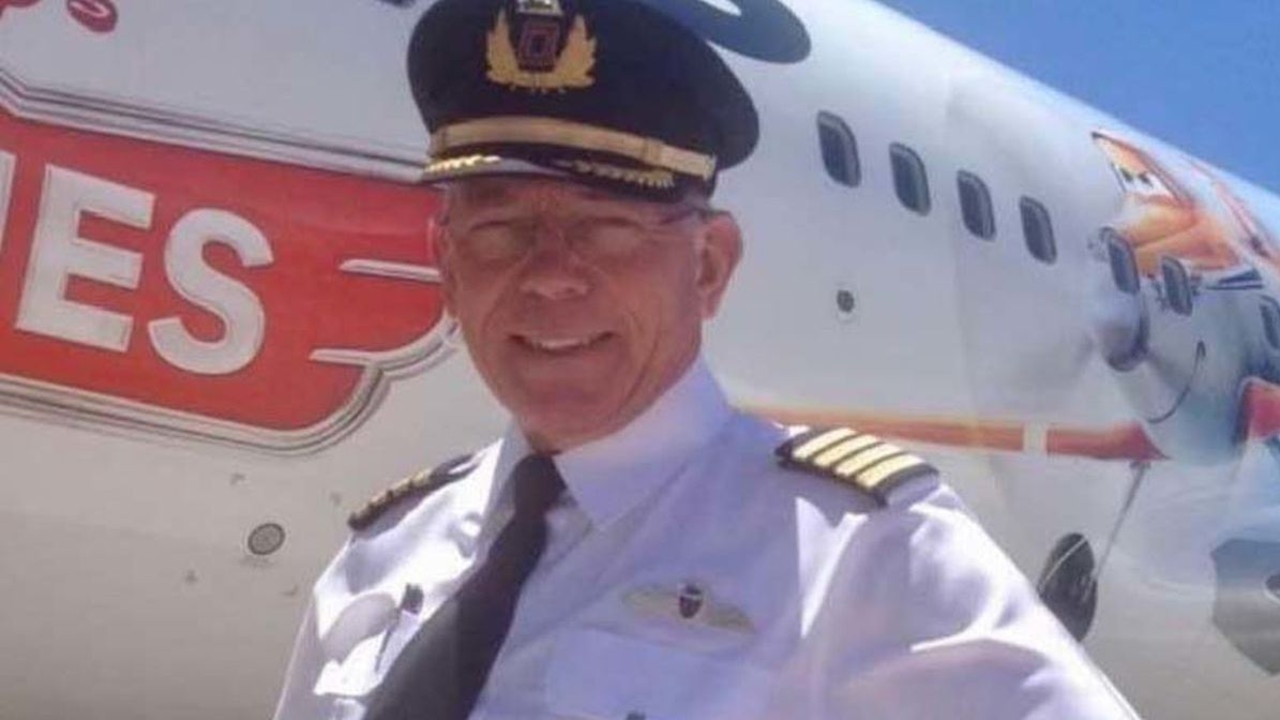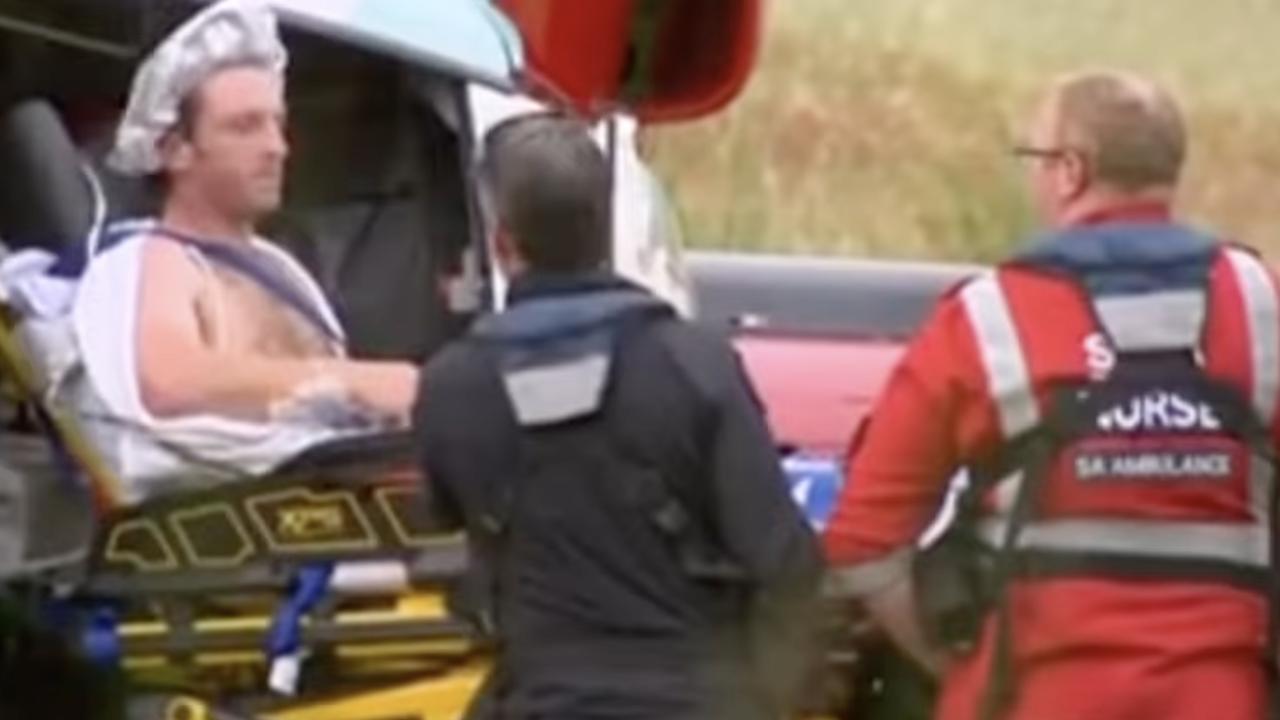Istanbul’s Atarturk airport looks like a war zone after the suspected Islamic State attack
A DAY after the terrorist attack in Istanbul and Ataturk airport is a haunting bizarre blur of bustle of an international air hub goes on in what looks like a war zone.
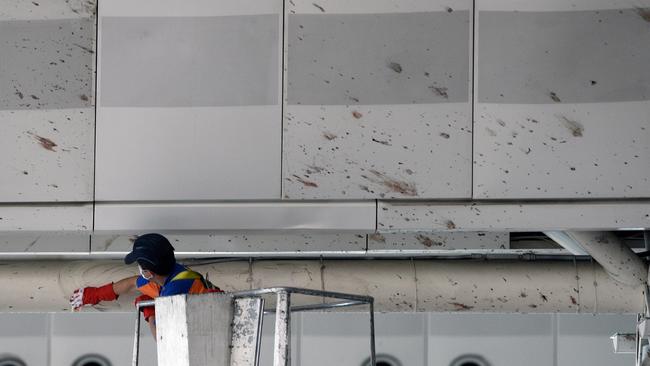
I DON’T know who Tim is.
But I do know less than 24 hours ago he was enjoying a Starbucks cappuccino as he rested up against a TurkCell mobile phone counter outside the usual bustling arrivals hall of Ataturk International Airport.
Today only the “T” and “C” are left of the sign, the windows behind the counter peppered with multiple bullet holes from which grow spider-web like fractures in the glass, a paramedic’s roll of bandages lies nearby and the almost full paper coffee cup with his name scrawled on the side from when he ordered.
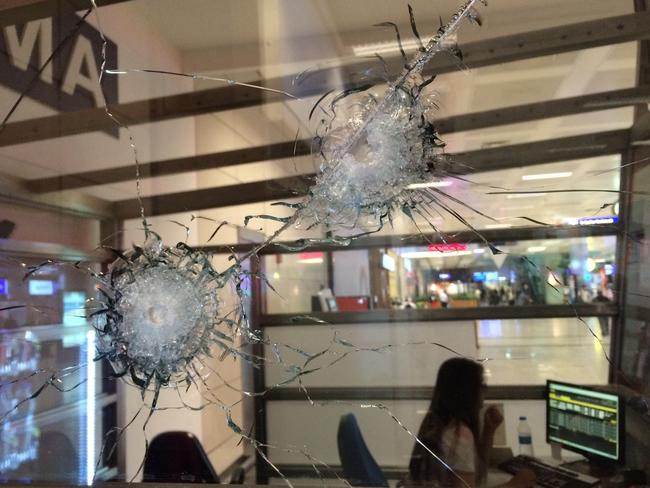
The counter is caked in sooty black dust from when the ceiling fell in around it but the cup circle shows it never moved even if its owner did when gunmen burst into the terminal for their 10-minute bloody melee.
A day after the terrorist attack and Ataturk is a haunting bizarre blur of bustle of an international air hub going on about what looks like a war zone.
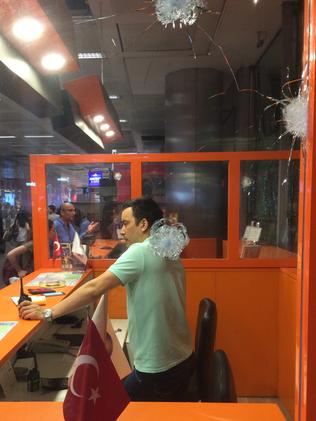
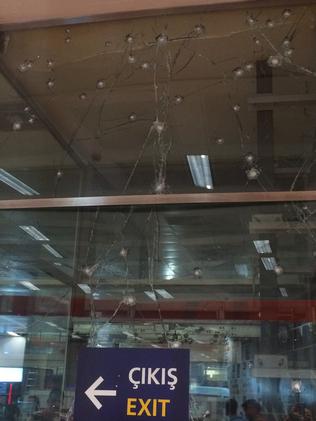
Whole sections of ceiling are missing in parts, the panels pushed out by blasts from suicide vests as windows are peppered with countless spray from AK-47s. Some of the terminal counters and shops are closed, like TurkCell and the Simit Sarayi fast food chain but at other services like the airport information counter, a parking valet, a hotel transfers desk and the unfortunately named “Joy Shop” it’s business as usual albeit staff working behind or about glass windows with bullet holes, wires hanging loosely over their heads from exposed ceilings, twisted metal from light frames and bathed in the blue and red strobes of police lights outside. There is a very large presence of both police in bullet proof jackets with machine guns with spare magazine clips hanging from their belts and soldiers in full battle fatigues.

Joy Shop’s attendant is anything but. She says she can’t talk about the night before as she coyly looks about the ruined space around her brightly lit and colourful display, but shakes her head and says “bad” before adding that terminal staff had been told to not speak about events instead to continue business as usual.
And to a degree it works as passengers only pause a moment to snap a quick mobile phone pic of the carnage before pushing on to their destinations.
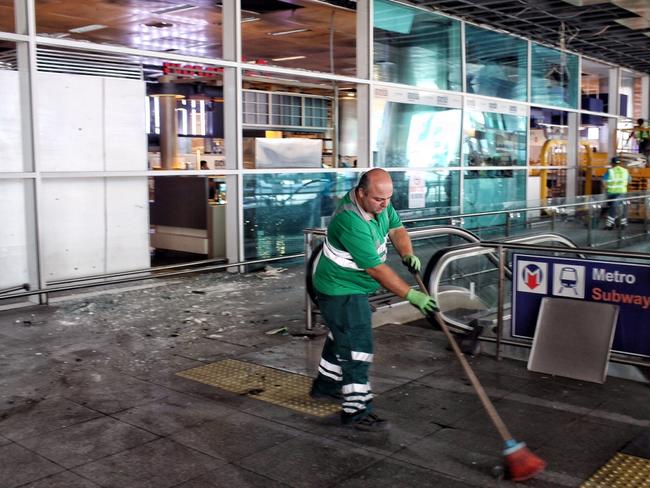
Hauntingly, in the worse damaged section of the terminal — where workers yesterday were cordoning off with the understated colourful “maintenance” hoardings — is a large poster of Mustapha Kemal Ataturk, the hero of the Turkish Gallipoli 1915 campaign and founding father of the republic after which the airport’s named.
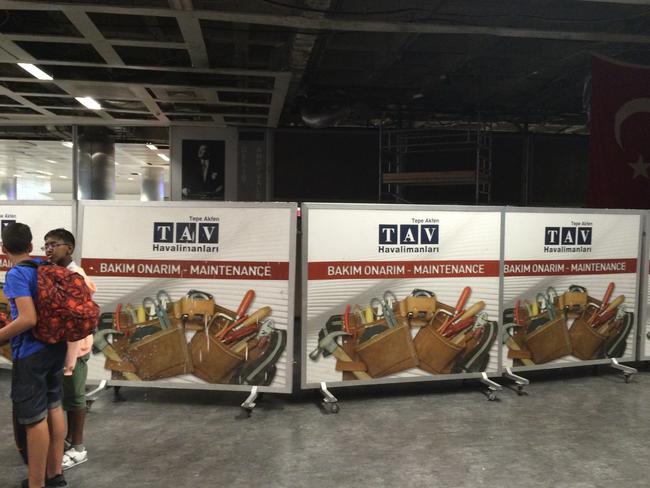
While all about him is blast destruction and partial collapse, his gaze skyward is remarkably untouched as is a large Turkish flag, both perhaps a symbol of resilience today in the face of tragedy.
Tim may well have fled early or he might be among the dead or the more than 200 injured but further along the terminal the shop from where he bought his brew call out a raft of new names, the names of many undeterred by the actions of a few however determined they are to leave their mark.

